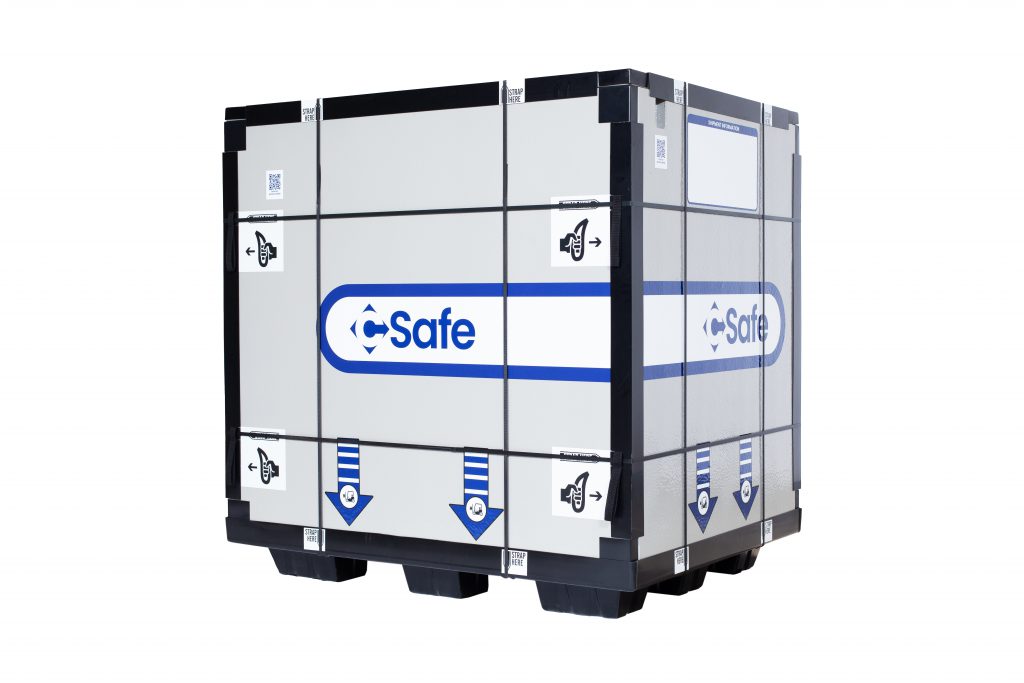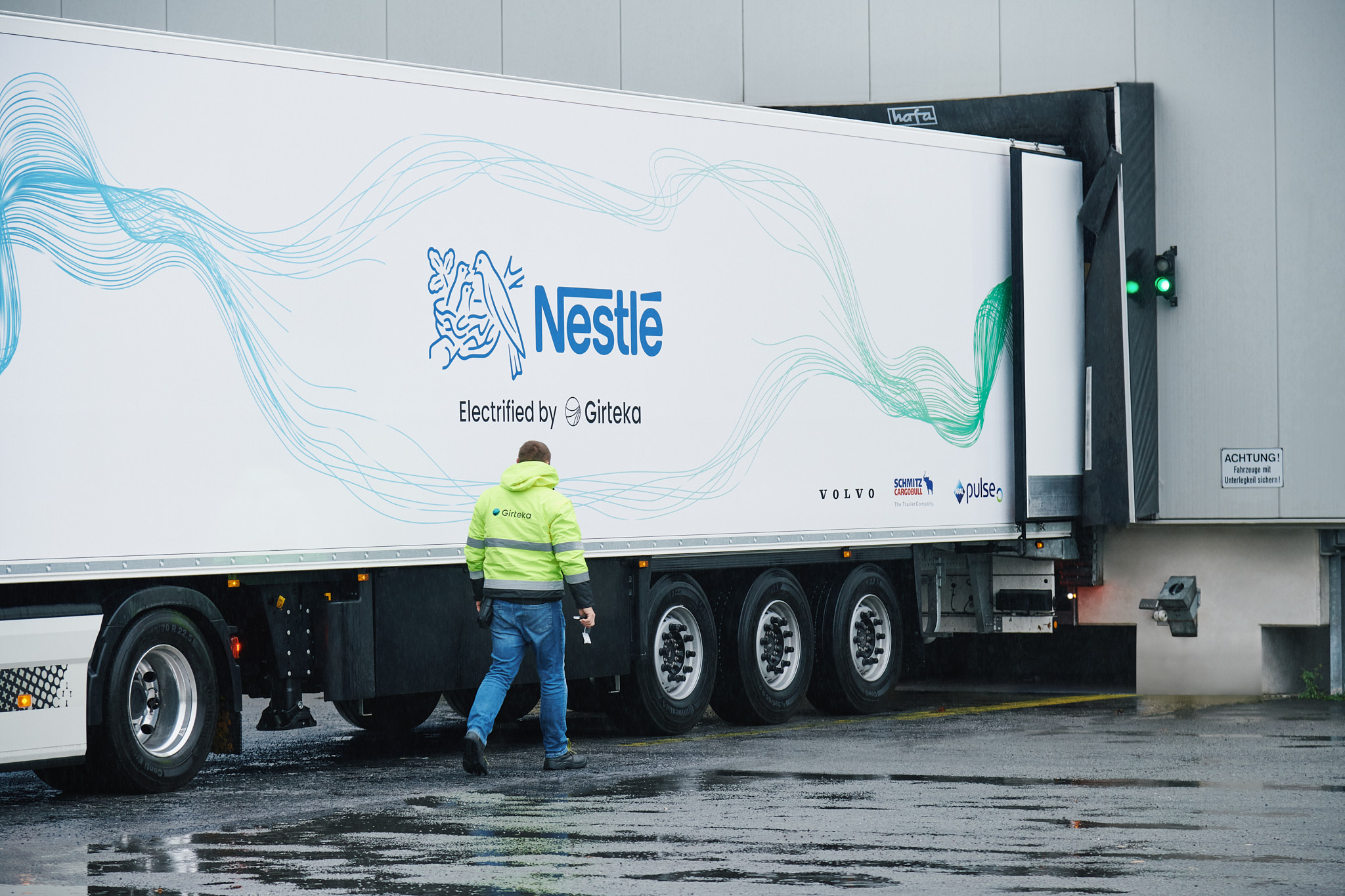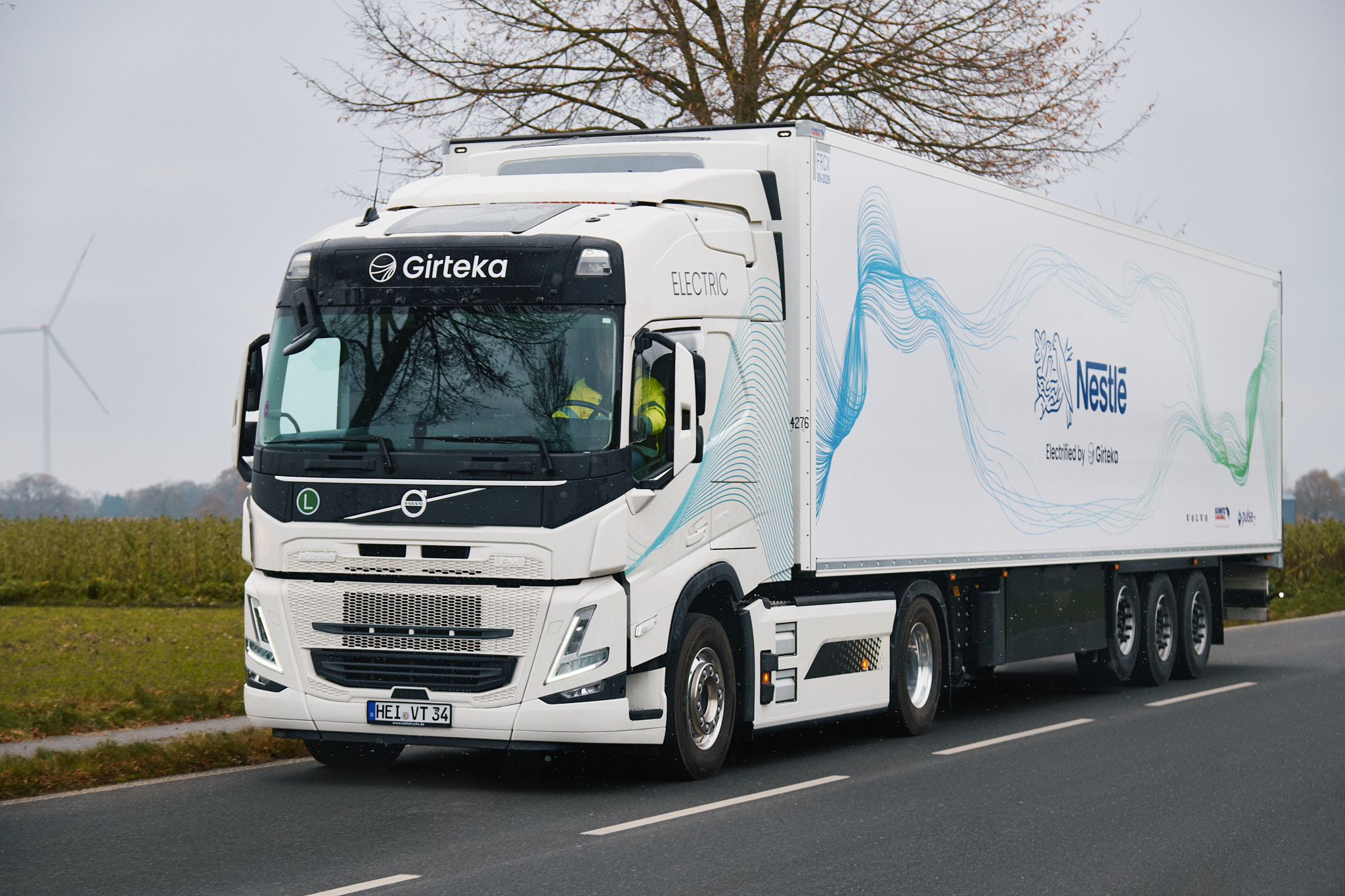Warehouse ‘uberisation’ is changing supply chain, writes Steve O’Keeffe (pictured below), Regional Vice President of UK&I, Epicor.
We live in an ‘on-demand’ economy. Amazon’s ‘Last Mile’ logistics model, as well as platforms like Uber, Airbnb and a whole host of others, has led consumers to expect near-instantaneous delivery of products and services. This has set high standards across industries, compelling businesses to rethink their supply chain strategies to keep up. The nature of this ‘on-demand’ paradigm, alongside the growing trend towards the ‘uberisation’ of warehouses, is drastically reshaping the supply chain landscape. This shift involves converting underused spaces into strategically located micro-warehouses, bringing products closer to customers.
By decentralising their warehousing network and integrating these localised storage facilities, companies have reduced delivery times and improved customer satisfaction. But why are local warehouses important?
Local warehouses have become crucial in the modern supply chain. Unlike large, centralised warehouses that serve broad geographic areas, these facilities can be situated closer to urban centres and densely populated regions. This proximity allows for quicker last-mile deliveries, which are often the most time-consuming and expensive part of the delivery process, a hallmark of Amazon’s renowned efficiency. Local warehouses play a vital role in the modern supply chain, not just for their geographic location but also for their versatility. They can be established in diverse types of locations, such as garages, unused office spaces, and even within retail shops, maximising space and reducing overhead costs.
Challenges for Business Leaders
While the uberisation of warehouses offers many advantages, it also presents challenges for supply chain managers. Ensuring security and safety within these unconventional storage spaces is essential, necessitating investment in robust security systems and insurance policies to protect against theft, fire, damp, and structural damages. This is crucial for safeguarding inventory and maintaining customer trust.

The fragmentation of the warehousing network also requires careful coordination and integration between each element of the supply chain to prevent disruptions and inefficiencies, demanding a strategic logistics approach, where technology is vital for providing visibility.
The Role of Technology
Technology is the lynchpin in modern warehousing. Advanced warehouse management systems and real-time tracking technologies enable businesses to maintain precise oversight of inventory across multiple locations. These systems enhance visibility, allowing for rapid decision-making and agile response to market demands. The integration of IoT and AI also unlocks huge potential. IoT devices can monitor the warehouse environment, ensuring ideal storage conditions and reducing the risk of damage to goods, while AI algorithms can analyse vast amounts of data to optimise routing, predict demand, and streamline operations. Businesses must adopt scalable and flexible technological solutions to remain competitive in this dynamic environment. The ability to quickly adapt is critical.
Speed and Convenience
The uberisation of warehouses represents a transformative shift in the supply chain landscape, driven by the need to meet rising consumer expectations for speed and convenience. While this model brings strategic advantages, it also presents challenges in security, coordination, and tech integration. However, with a solid tech-savvy strategy, businesses can thrive in this new landscape, staying resilient and competitive. The future of warehousing is clear: tech-driven, decentralised, and ultra-responsive to today’s consumer needs.
read more
Logistics Software Specialist Runs New Warehouse at Full Capacity









